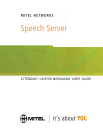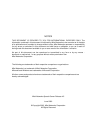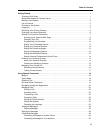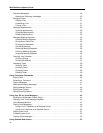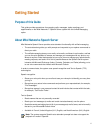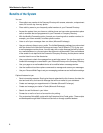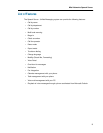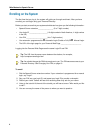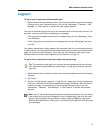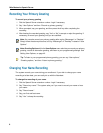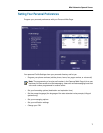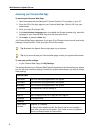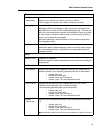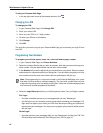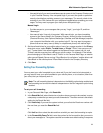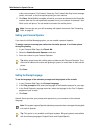
1
Getting Started
PurposeofthisGuide
This guide provides procedures for managing calls, messages, tasks, meetings, and
appointments on the Mitel Networks™ Speech Server system with the Unified Messaging
option.
About Mitel Networks Speech Server
Mitel Networks Speech Server provides auto-attendant functionality with unified messaging.
• The auto-attendant guides you with prompts and responds to your spoken commands to
direct your calls.
• The unified messaging stores your e-mails, voice mails, and faxes in one location, and lets
you use the auto-attendant to access and manage your messages with any phone, any-
where at anytime. Other features also let you use a phone to manage your appointments,
meeting requests, and tasks. All of this is possible because the Speech Server system
interacts with Microsoft Exchange (Inbox, Contacts, Calendar, and Tasks) allowing you to
to use voice commands that interact with Microsoft Outlook.
In order to communicate, the system uses speech recognition and Text-to-Speech (TTS)
technologies.
Speech recognition
• Stores your voice print when you enroll and uses your voice print to identify you every time
you log in
• Recognizes your natural voice commands and performs your requested task, for example,
"Find messages"
• Recognizes names in your personal contact list and includes that contact within the task,
for example, "Call Doctor Fisher."
Text-to-Speech
• Reads names that are not personally recorded
• Reads your text messages (e-mails and certain text attachments) over the phone
• Reads the sender and subject text of all of your messages (e-mails, faxes, and voice mails)
that are in your Microsoft® Outlook Inbox
• Available in French, United Kingdom (U.K.) English, and North American (N.A.) English.
Note: The system supports Spanish auto-attendant prompts but does not support the
playback of e-mails in Spanish.



